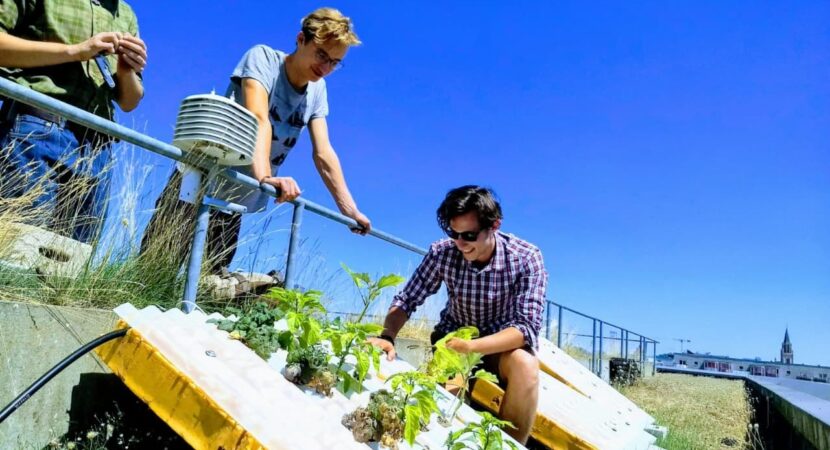
Engineer Sérgio Rocha created the first sustainable hydroponic tile in Brazil
A sustainable tile on which you can plant many things and the agronomist Sérgio Rocha wants more is to plant what you want, literally. So much so that he created the first known hydroponic tile to grow different types of plants such as vegetables, grains and greens.
Read also
The process of creating sustainable and hydroponic tile – Kaatop
The idea for the sustainable and hydroponic tile came after observing that several of his clients wanted to install gardens on clay or fiber cement tiles. However, these materials have characteristics that prevent them from receiving permanent overload.
Since 2008, the agronomist and ecologist Fabiana Scarda have been working with research and development of technologies for green roofs and suspended gardens through Instituto Cidade Jardim. From a small problem came the idea of creating the Kaatop hydroponic tile.
Remote monitoring
To facilitate the control of plantations, Kaatop has remote and automated monitoring, which allows checking humidity, fertilizer content, water consumption, temperature and PH. The proposal is to use the tiles for different types of planting, ranging from thematic to beans, taking advantage of the versatility offered by the hydroponic cultivation system.
Each square meter could grow up to 20 seedlings and tests carried out in Italy showed that an area of seven square meters would be enough to meet the daily needs of vegetables for one person.
“We want to expand the possibilities of urban agriculture. We are thinking about large-scale crops and production of carbohydrates, productively occupying these empty spaces within the city”, he enthuses. He points out that since the cultivation system is hydroponic, the possibilities are endless.











